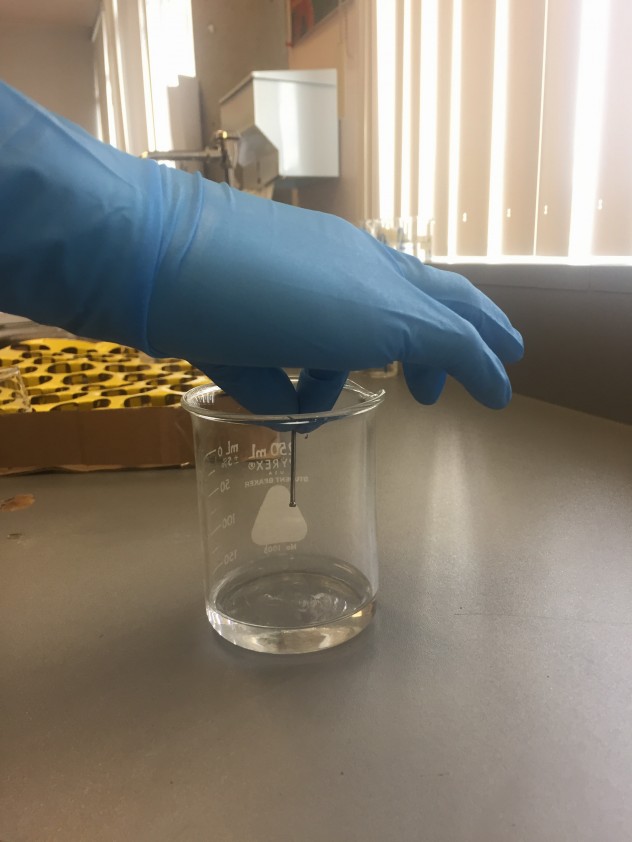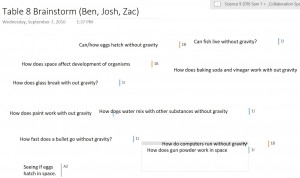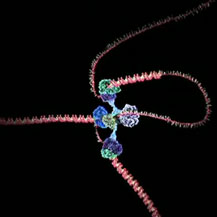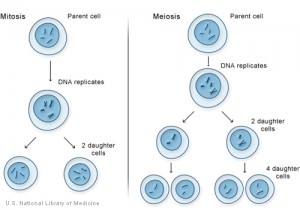Define. We needed to create an experiment that could be done in micro gravity and could potentially benefit future space trips.
What is microgravity? Micro gravity is when there is a really weak form of gravity so that you are almost weightless in it.
What are Controlled and Experimental groups? Controlled groups are when the variable stays the same but in experimental groups the variable changes.
How can we make our experiment win? We can make an experiment that is unique and can really benefit future space travel.
Dream. In the beginning we made a collaboration space and started brainstorming a lot of ideas.
We then had wanted to do a egg in space experiment but that wouldn’t work, and the we had the idea of caterpillars but that wouldn’t work, so we settled with the idea of a nail corroding in space.
Document. On the first day, we were told about the SSEP, and learned a lot more about it in the next couple of weeks. Once we had our groups created we had one member go to a learning event at Heritage Woods. After she had told the rest of us what she had learned we discovered that our 1st idea wouldn’t work, along with our second idea. Eventually we settled on the idea of a nail corroding in space.
Design and Deliver. Once we had our idea of if a nail would corrode or not in space, we went full speed into it. In a week we were able to get a nail and sulfuric acid and we put them together in a beaker as a controlled experiment to see what happens with gravity.
After about a day the nail turned black and then in a week it had a weird gel around it, which was later found out to be due to the galvanization of the nail.

Once we had finished with the control experiment, we had to create a proposal. We had to edit the proposal many times before it was right, along with the rest of our class.
Debrief. In the end it was a fun thing to do because I got to do real science. It also allowed me to get to know my class mates better. As well it showed me what High School is like, with due dates and less teacher involvement. I think that if we had the chance to do it again we would work on the proposal earlier, along with choosing a bit more interesting of a experiment idea.




